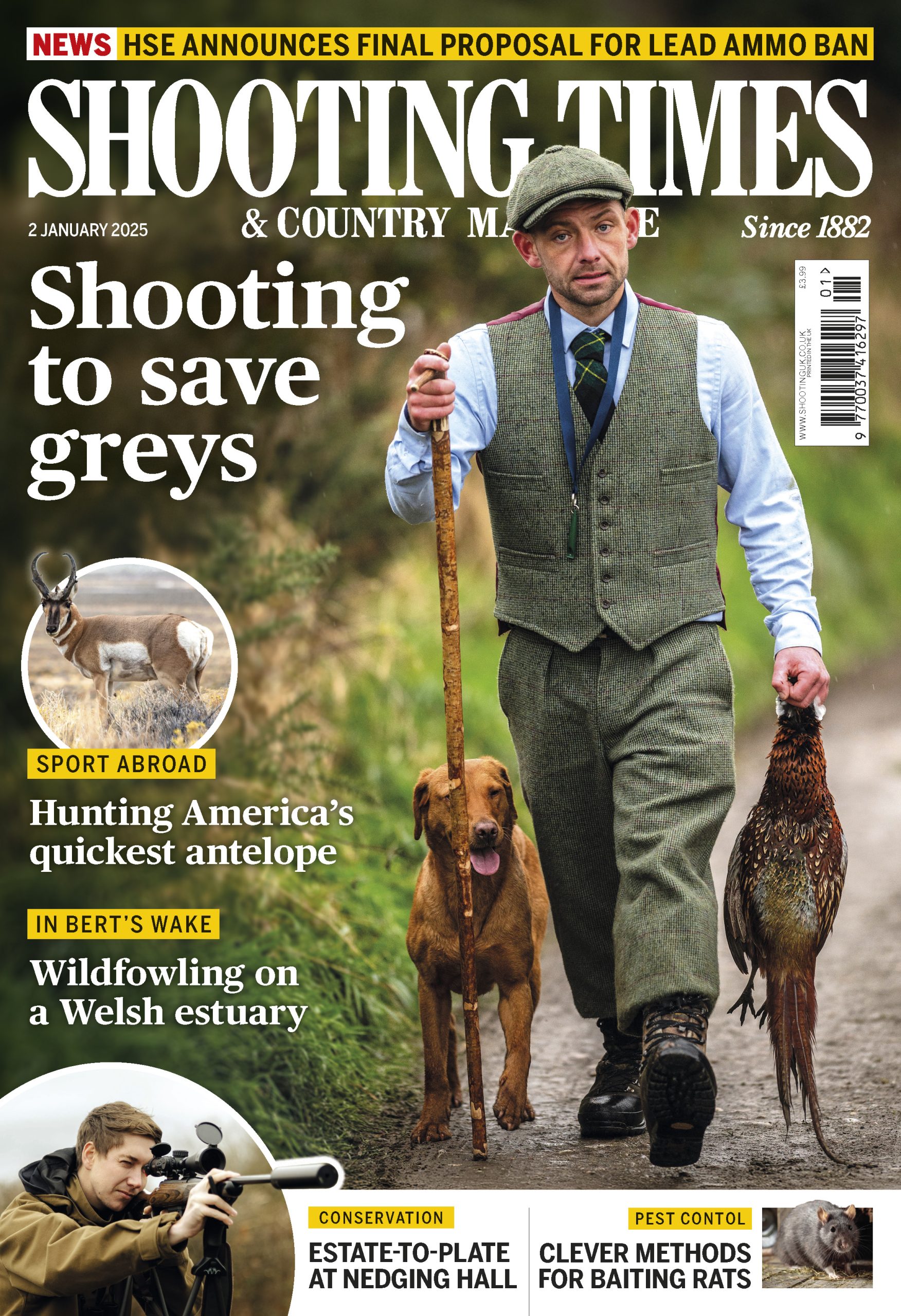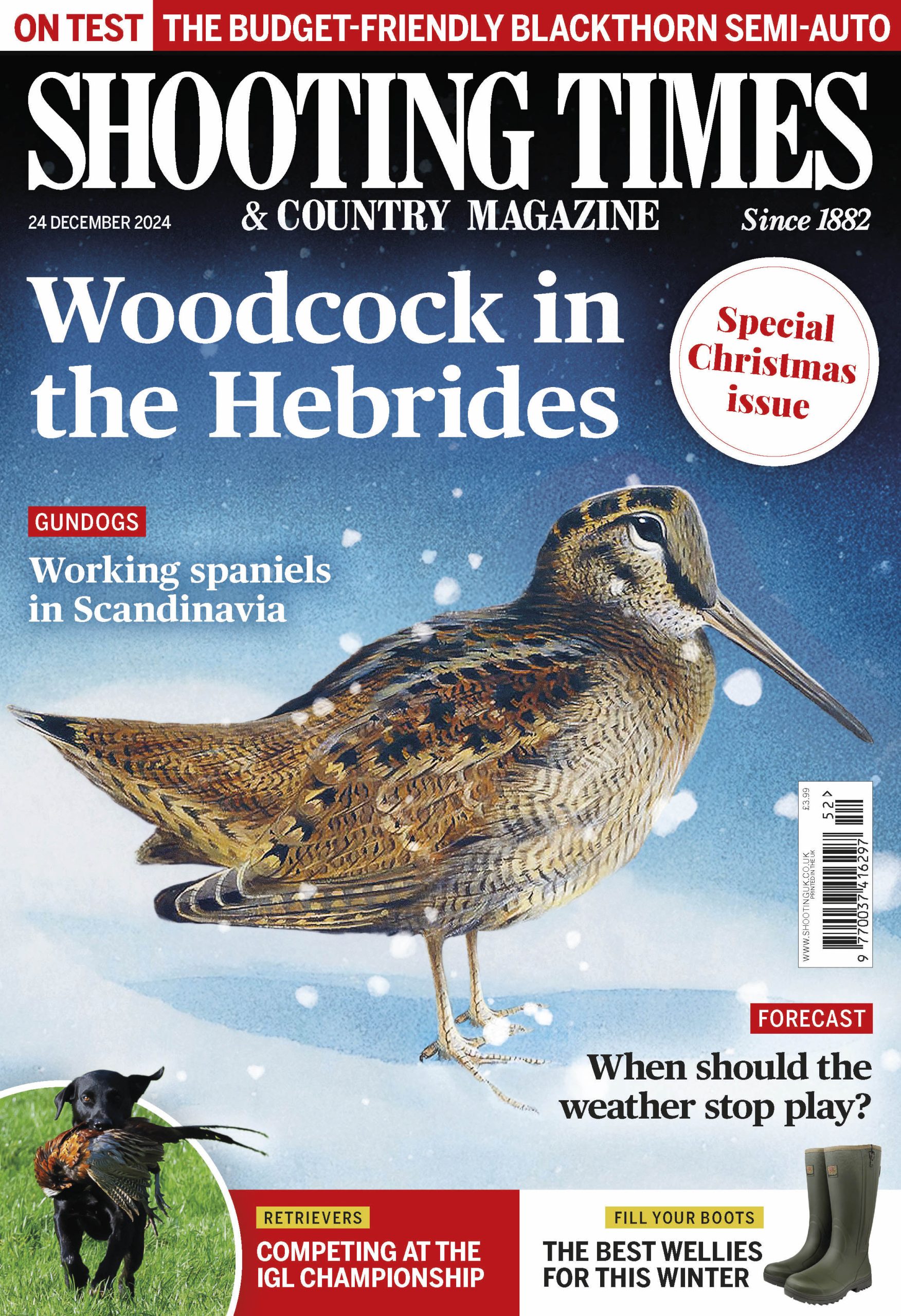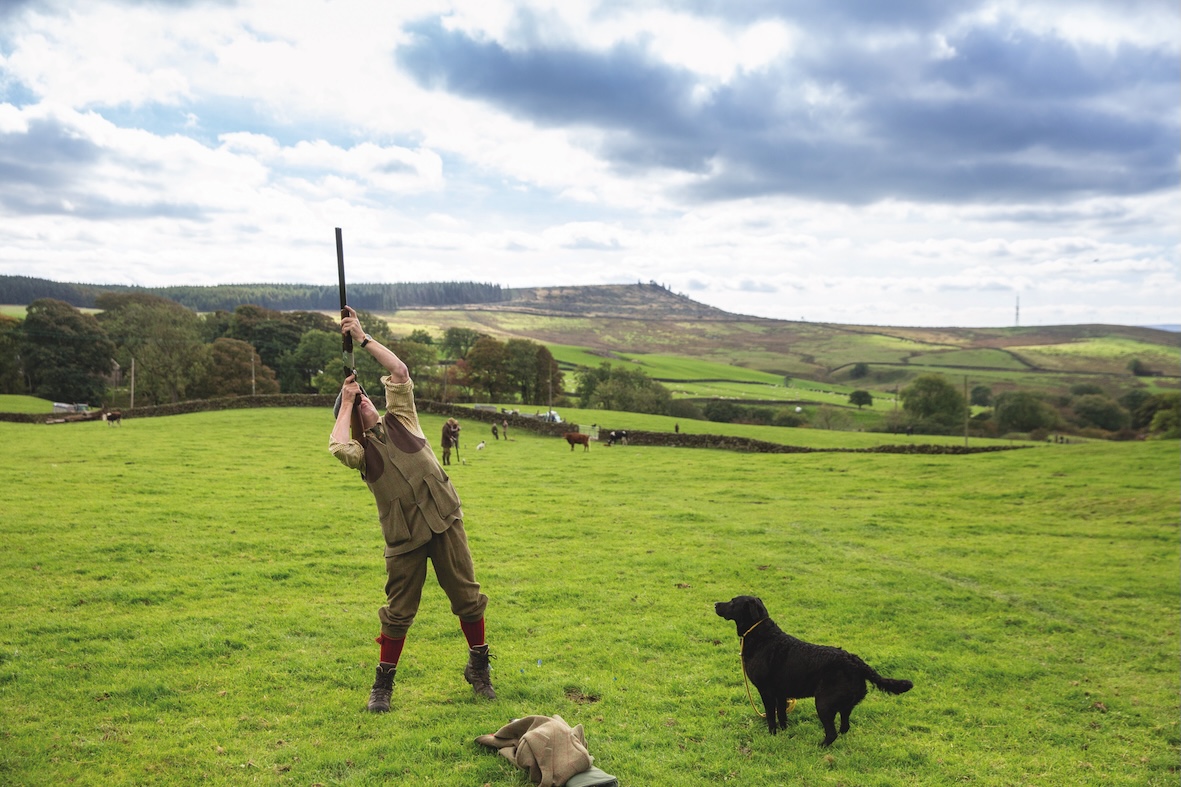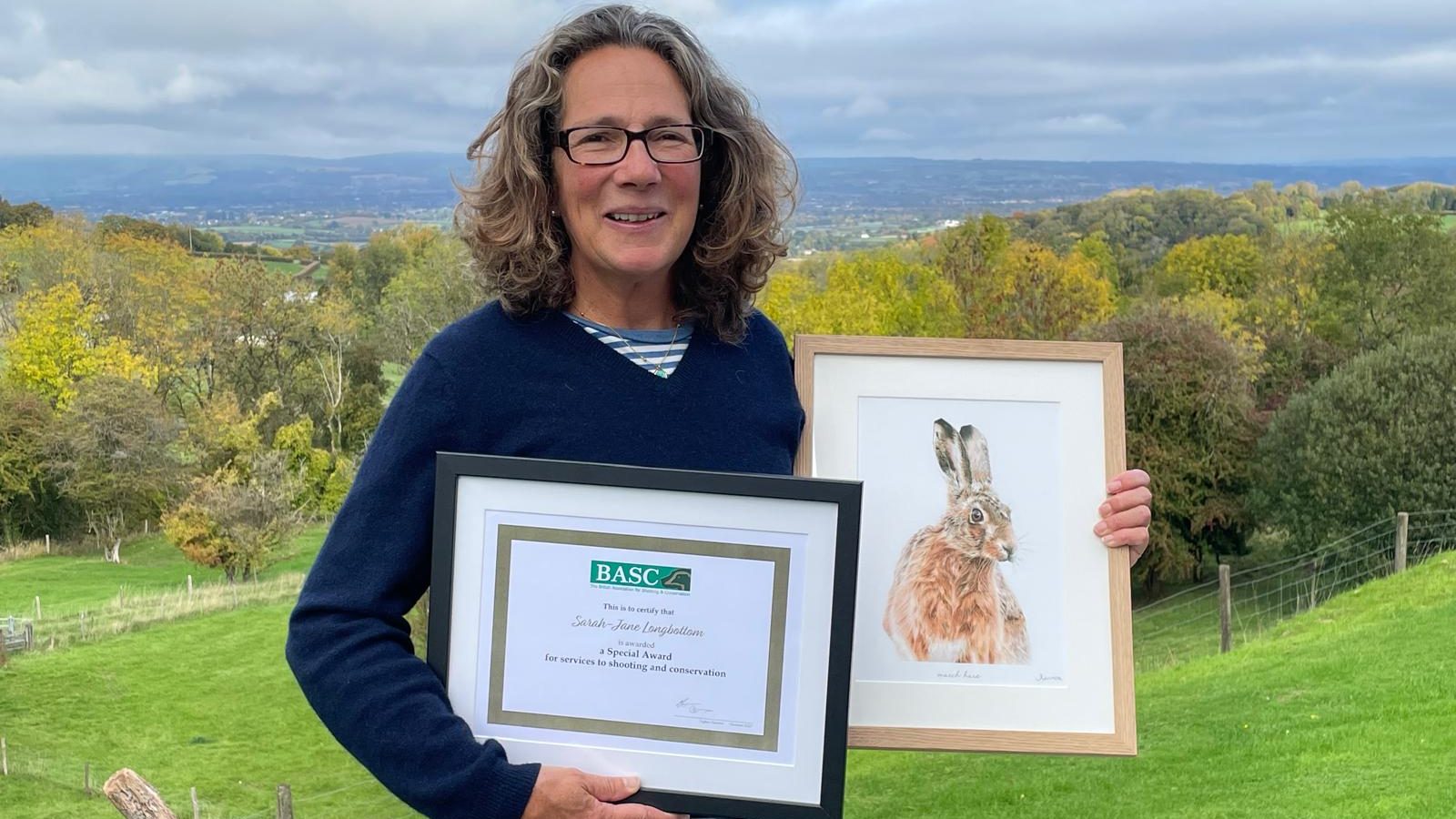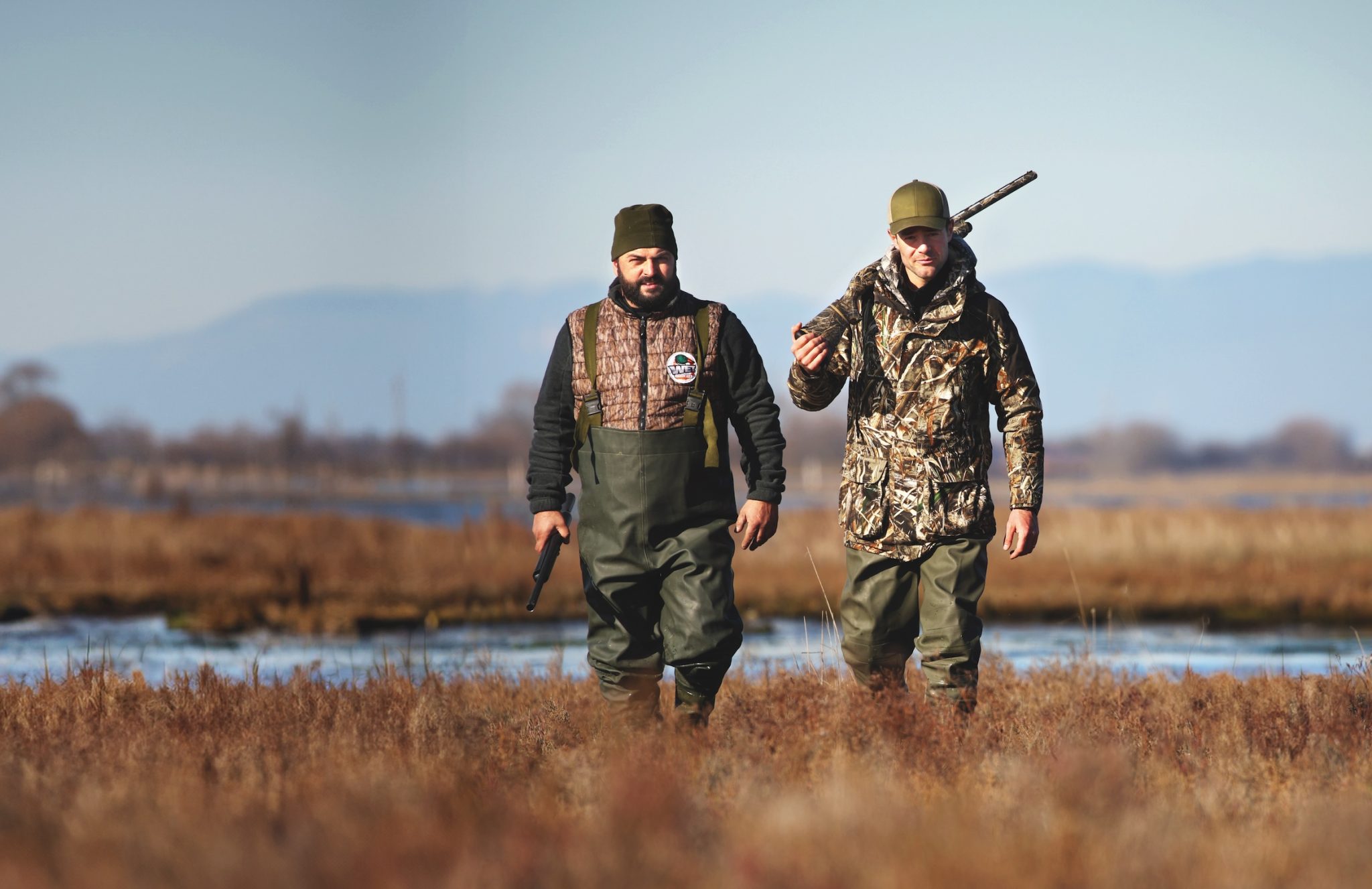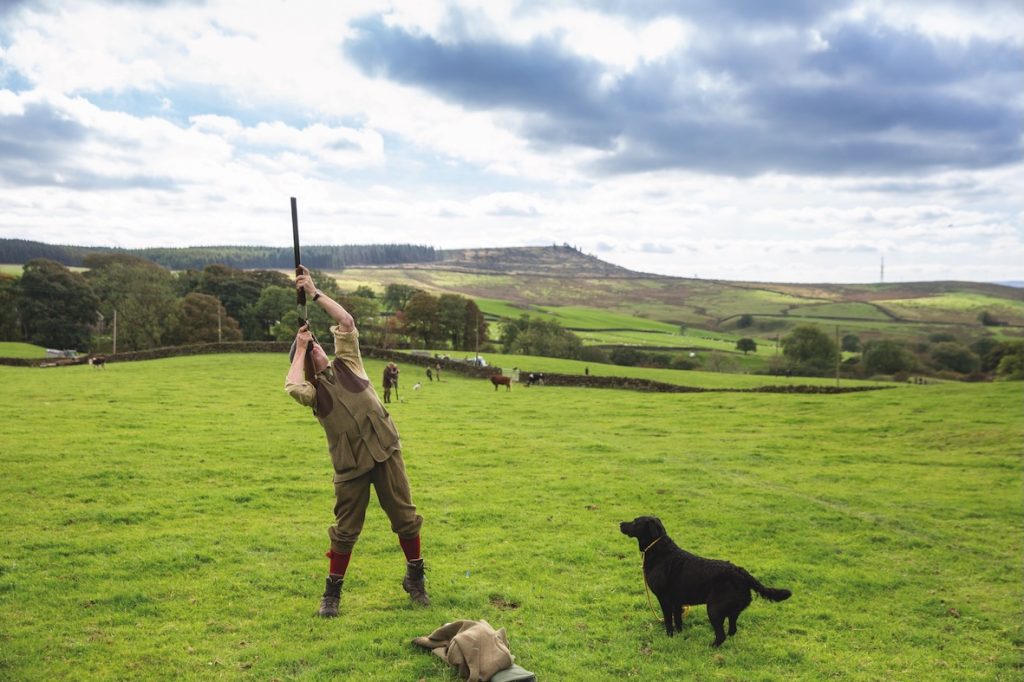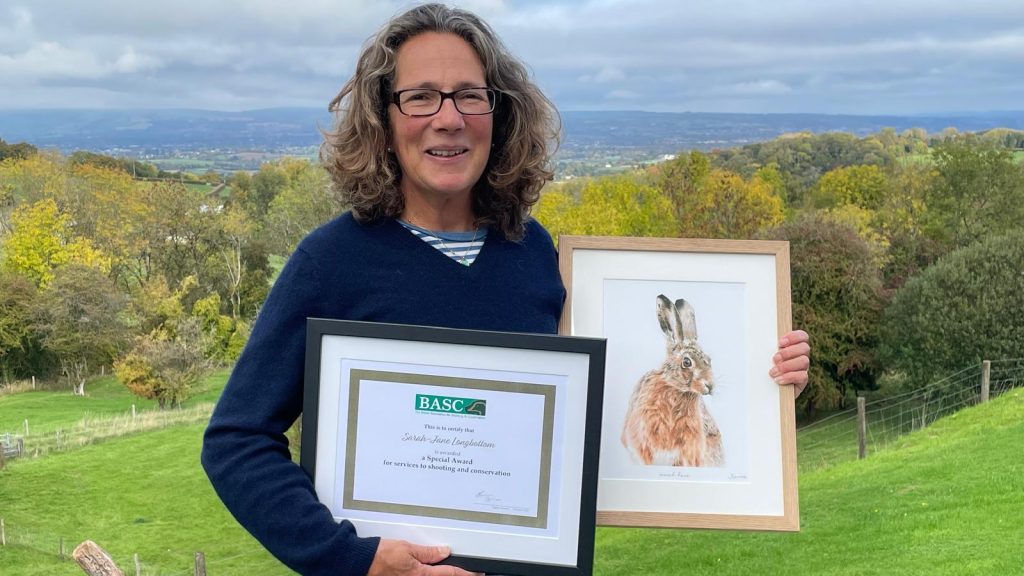Win CENS ProFlex DX5 earplugs worth £1,149 – enter here
It’s about so much more than the shot
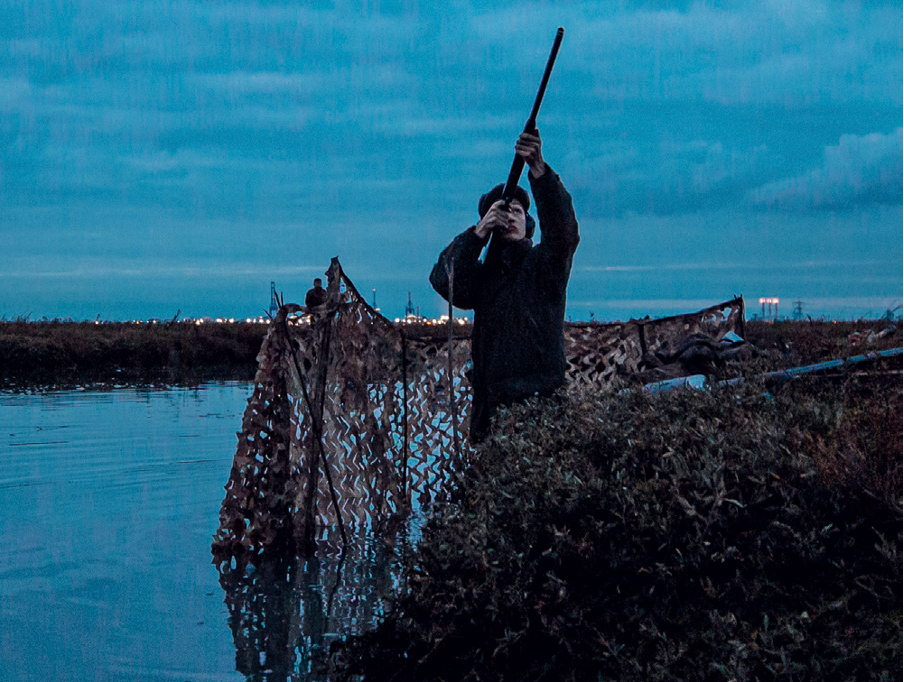
As the wildfowling season draws to an end, Malcolm Greenleaf explores the history of the sport and explains what makes it enduringly magical.
Wildfowling has been described as a profession, sport, hobby, and passion throughout history.
From the flat Fenlands to the jagged Essex saltings, East Anglia’s coastline provides some of the best saltmarsh in the country, acting as a safe haven for countless resident and migratory birds. Long before the invention of shoulder and punt-guns, men and women would venture to the foreshore at dawn or dusk, hunting wildfowl with nets as a means of survival. But how did this ancient pursuit evolve into the modern-day pastime we now know?
In 1908, Stanley Duncan—a railway engineer, recreational wildfowler, and conservationist—recognised growing threats to the foreshore. These threats didn’t only endanger his beloved pastime but also the livelihoods of professional wildfowlers. The primary risks came from mass land drainage aimed at increasing agricultural output and from movements calling for the banning of wild bird shooting. Motivated by his love for the sport and his political insight, Duncan founded the Wildfowlers’ Association of Great Britain and Ireland (WAGBI) in 1908.
In 1954, new legislation, the Protection of Birds Act, was introduced. Thanks to WAGBI’s efforts, it became a more reasonable law than many had feared. This legislation, however, led to stricter rules, which in turn spurred the formation of wildfowling clubs. These clubs did much more than merely harvest wildfowl. They acted as marsh wardens, keeping out trespassers and poachers, carrying out vital conservation work, and advocating for the protection of these unique landscapes.
Despite evolving challenges, wildfowling has stayed largely the same. WAGBI continued to support the sport by offering insurance, helping clubs secure land, and gaining consent for their shooting from authorities such as Natural England. In 1981, WAGBI rebranded as the British Association for Shooting and Conservation (BASC), continuing its mission of protecting wildfowling, lobbying governments, and supporting its members.
Today, the experience remains as captivating as ever: the soft, muddy landscape; the often-foul weather; and the breathtaking sunrises and sunsets accompanied by the calls of gulls, curlew, and other wild birds.
So what type of person would wake up at 2 a.m., trek across uneven terrain, and sit alone, save for a loyal dog? Well, I would. At 45, I’m still considered one of the younger fowlers. Unlike many modern pursuits, wildfowling doesn’t offer instant gratification. You must learn to read the tides, understand the weather, and identify birds by their calls, wingbeats, and silhouettes before you even think of raising your gun. And when you do, you’ll need to be an adept Shot to bring down a bird.
Protection
It’s important to note that fowlers are also nature lovers. We spend hours watching, listening, and learning. We dedicate time to marshland cleanups and support citizen science initiatives to help better understand what our wildfowl populations are doing. We install duck nesting tubes to support our wild breeding mallard populations, and we work hard to protect these vital landscapes against habitat changes—for the wildfowl of today and for future generations to enjoy.
As a passionate fowler, while I may harvest a few ducks, many mornings pass with no shots fired. I revel in the beauty of the sunrise, the sound of the dawn chorus, and the company of my spaniel, Lady.
Related Articles
Get the latest news delivered direct to your door
Subscribe to Shooting Times & Country
Discover the ultimate companion for field sports enthusiasts with Shooting Times & Country Magazine, the UK’s leading weekly publication that has been at the forefront of shooting culture since 1882. Subscribers gain access to expert tips, comprehensive gear reviews, seasonal advice and a vibrant community of like-minded shooters.
Save on shop price when you subscribe with weekly issues featuring in-depth articles on gundog training, exclusive member offers and access to the digital back issue library. A Shooting Times & Country subscription is more than a magazine, don’t just read about the countryside; immerse yourself in its most authoritative and engaging publication.
